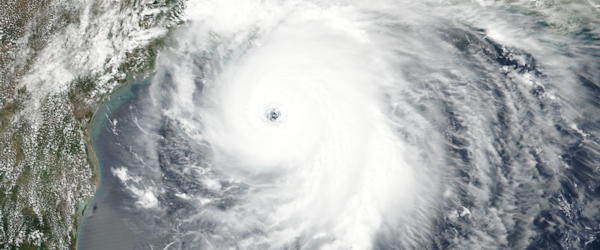
Loss of Military Satellite Data May Affect Hurricane Forecast Accuracy
Monday, June 30th, 2025 Catastrophe Property Risk Management TechnologyForecasters at the U.S. National Hurricane Center (NHC) face challenges as vital satellite data from the Defense Meteorological Satellite Program (DMSP) is discontinued at the end of June. This program has been essential for accurately predicting rapid intensification of storms, a phenomenon increasingly common as global temperatures rise. Rapid intensification, defined as a storm’s winds increasing at least 35 mph within 24 hours, significantly complicates emergency response efforts and increases risks to coastal communities.
Notably, recent storms such as Hurricane Milton and Hurricane John demonstrate the dangerous potential of rapidly intensifying tropical cyclones. DMSP satellites, which offer detailed imagery below cloud-top levels, have assisted forecasters in identifying critical storm dynamics, including eyewall replacement cycles, thereby improving prediction accuracy.
Although the Navy has launched new weather satellites, it remains uncertain whether federal forecasters will have access to this data. NOAA officials maintain that other forecasting tools—including aircraft observations and different satellite programs—can sufficiently fill the gap. However, meteorologists express concern, highlighting that the unique insights provided by DMSP sensors may not be fully replaceable, potentially leading to delayed and less accurate predictions during a season predicted to be highly active.
As this change occurs, meteorologists and emergency response teams brace for potential disruptions in their forecasting capabilities, underscoring the importance of continued investments in advanced weather prediction technology.





